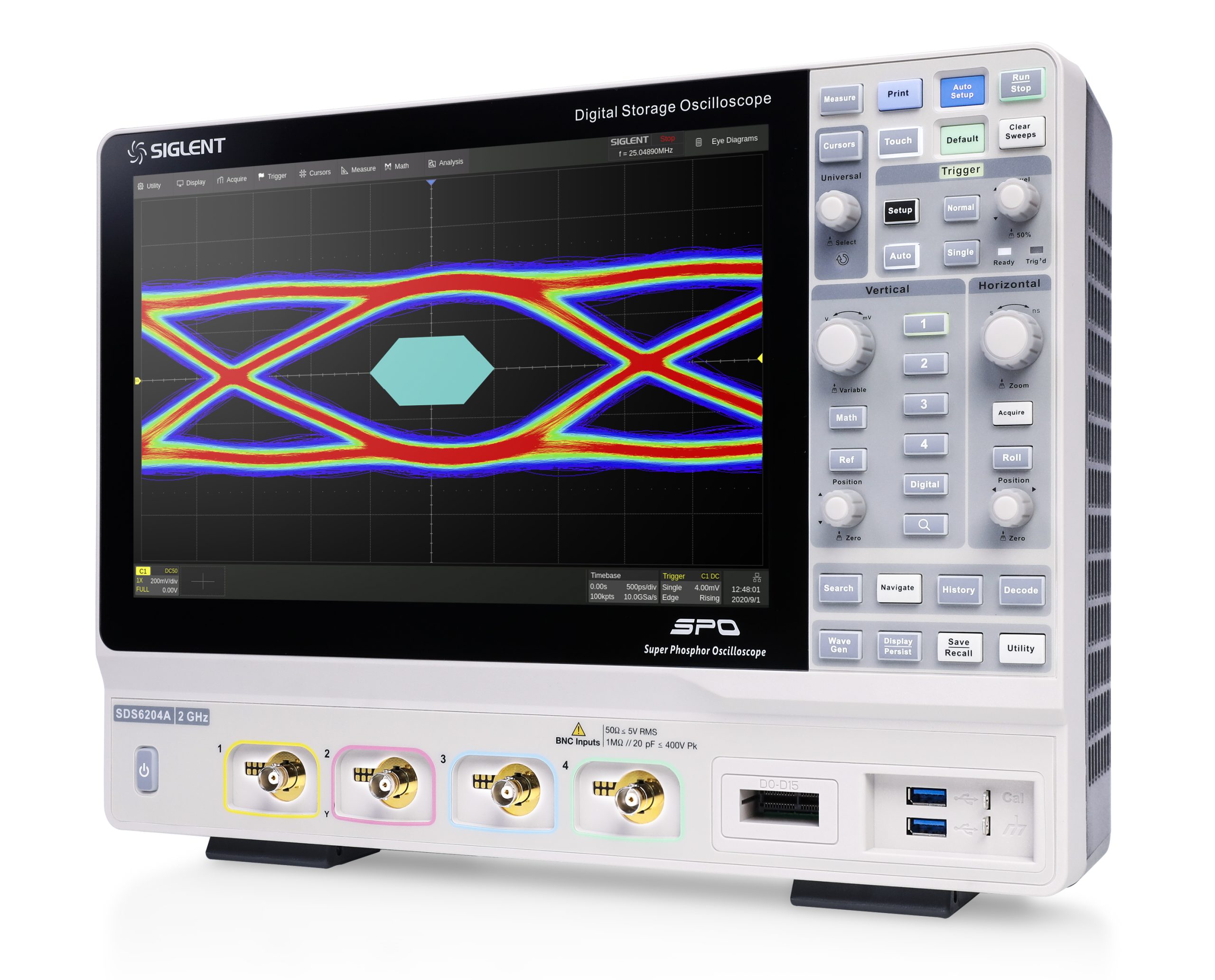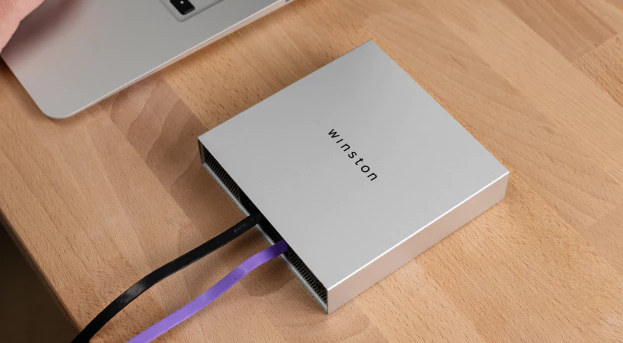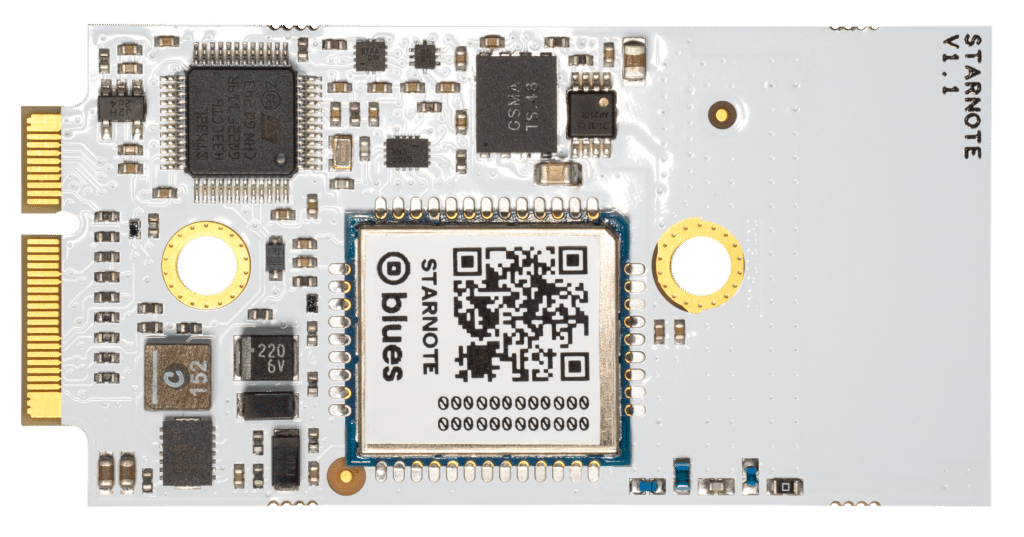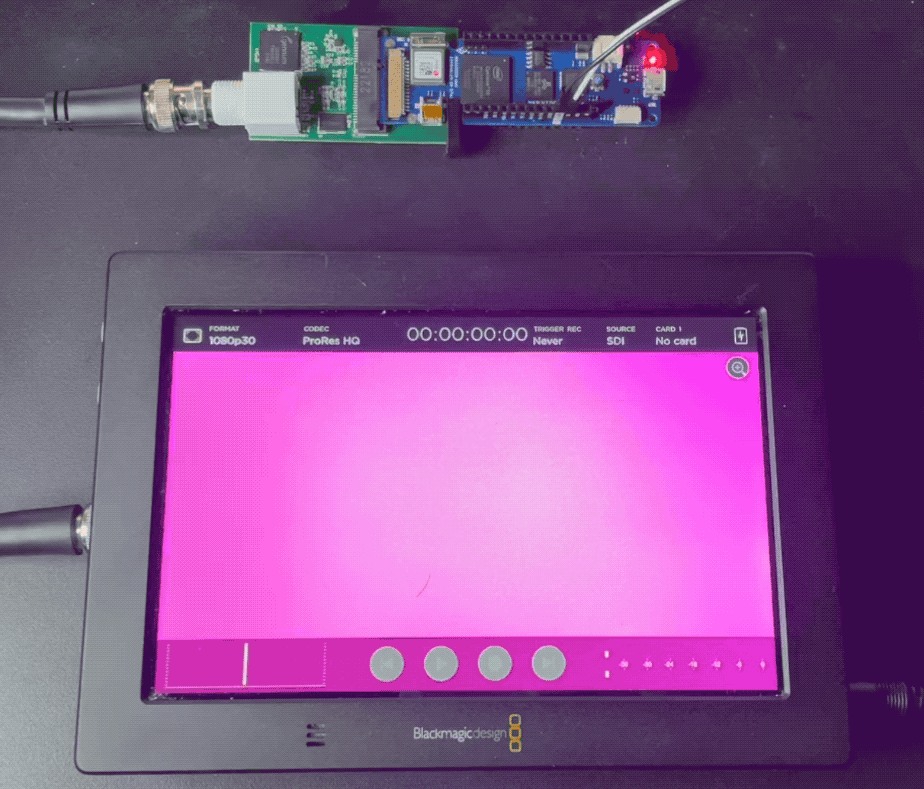
Transmission of video from one location to another in the professional video world is typically done via SDI (Serial Digital Interface). This FPGA-powered device, intended as a test tool for SDI circuits, pushes signals at 1.485 Gbps. Based on an Arduino MKR Vidor 4000, Chris Brown of the sports media technology company Tempus Ex has created “possibly the world’s cheapest SDI signal generator.”
“In the world of professional video, SDI (Serial Digital Interface) is the industry standard for getting video from point A to point B,” Brown provides context before explaining.
“It’s the professional’s equivalent of HDMI for consumer electronics. At any large-scale, televised event, you can bet that somewhere behind the scenes, there’s a rat’s nest where all of the videos come together and are distributed via SDI.”

The carrier board for Chris Brown’s Arduino MKR Vidor 4000 Carrier Is “Possibly the World’s Cheapest SDI Signal Generator.”
The cost of SDI hardware tends to be higher than one might expect for something designed for professionals, but Brown notes that while the standard can support high bitrates, SDI is actually quite straightforward. He created a low-cost SDI signal generator, which he refers to as “the ‘hello world'” of SDI hardware, to demonstrate his point.
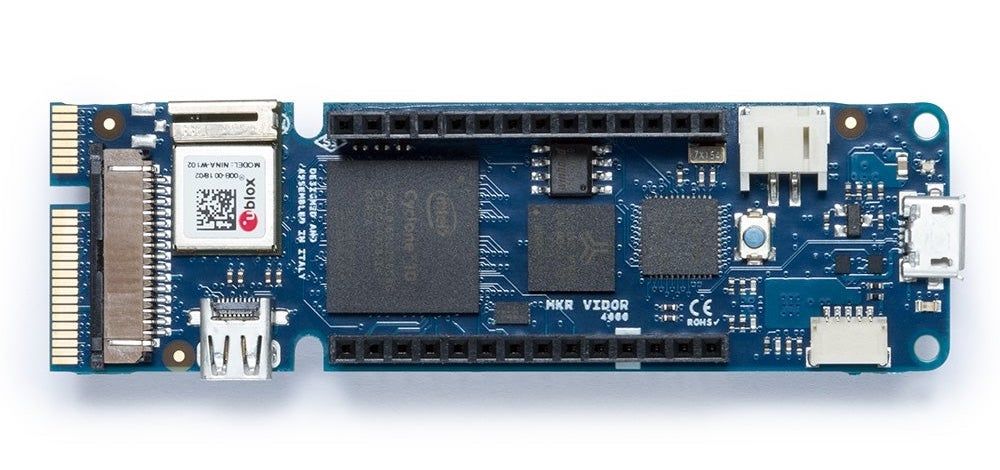
“To keep it simple, we’ll just make the signal some flashing colors. And we’ll aim to make this a 1080p30 signal, which can be transmitted via HD-SDI,” Brown composes. “In theory, we just need to program a microcontroller that can send a 1.485 Gbps signal to a cable driver. This would work if we could get our hands on such a microcontroller, but 1.485 Gbps is quite fast. To be able to generate a signal at that speed, we’ll need an FPGA, which can be programmed using a lower-level hardware description language to perform much faster operations.”
The Arduino MKR Vidor 4000 has both a microcontroller and an Intel Cyclone 10 FPGA, which is exactly what is required for the project. Although its performance falls short of the level required for nearly 1.5 Gbps of data throughput, a Semtech GS2962 serializer completes the build; ten data lines, each delivering 148.5 Mbps, are run in parallel to achieve the required level of performance.

To achieve the desired level of performance, the Arduino MKR Vidor 4000 employs Cyclone 10 FPGA. (Source: Chris Brown)
“As far as I know,” Brown writes,
“this is the first time an Arduino has been capable of generating and emitting arbitrary SDI video signals, and as far as I know, this is also the cheapest SDI signal generator available anywhere. SDI signal generators typically cost anywhere from $350 to $2,000. This one costs ~$87 for the Arduino and ~$95 for the transmitter parts and assembly at low volumes. Although I don’t recommend using an Arduino like this in mission-critical workflows, it can be a valuable tool in the lab.”
The complete article by Brown is available on the Tempus Ex blog, while the design files and source code are available on GitHub under an open-source license that is not specified.





